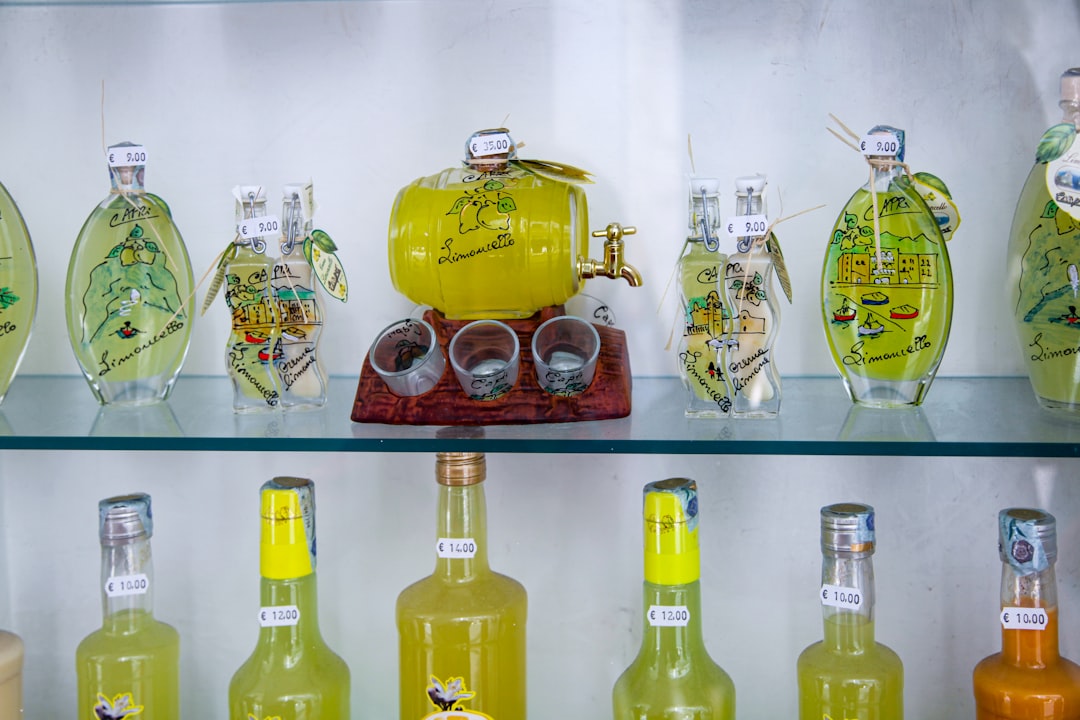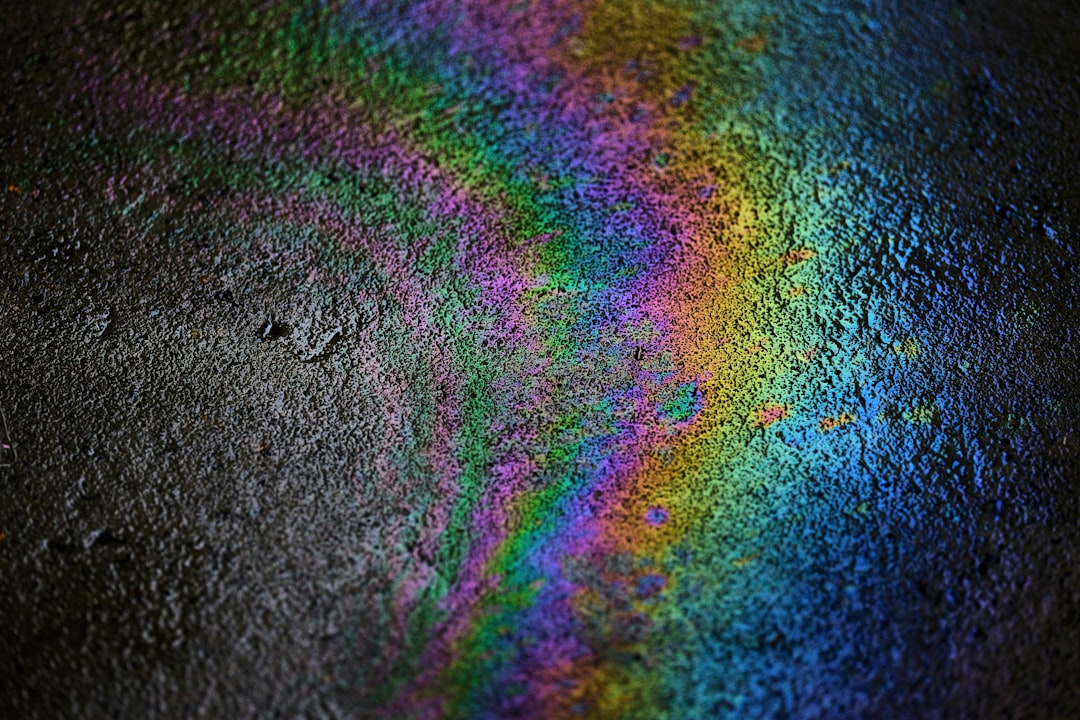What is it about?
The biotransformation of (+)-10β,14-dihydroxy-allo-aromadendrane 1 and (–)-allo-aromadendrone 2 by Beauvaria densa CMC 3240, Beauvaria bassiana ATCC 7159, Curvularia lunata 2380 and Rhizopus sp. (from grapes) is investigated.
Featured Image
Why is it important?
Sesquiterpenes are very widespread constituents of essential oils. Some of them are of considerable industrial value in the flavour and perfumery industries as well as in the manufacture of pharmaceutical products. Total synthesis of selected analogues of these compounds is often quite di¤cult, so alternative ways to produce them must be sought, for example by microbiological derivation of natural materials. The biotransformation may lead to substitution at chemically inaccessible sites without perturbing the underlying carbon skeleton of the substrate.
Perspectives
Writing this article was a great pleasure as it has co-authors with whom I have great respect in this subject area.
Professor Dênis P de Lima
Universidade Federal de Mato Grosso do Sul
Read the Original
This page is a summary of: Microbial Transformation of (+)-10β,14-Dihydroxy-allo-aromadendrane and (−)-allo-Aromadendrone, Journal of Chemical Research Synopses, January 1999, Royal Society of Chemistry,
DOI: 10.1039/a901226e.
You can read the full text:
Contributors
The following have contributed to this page










